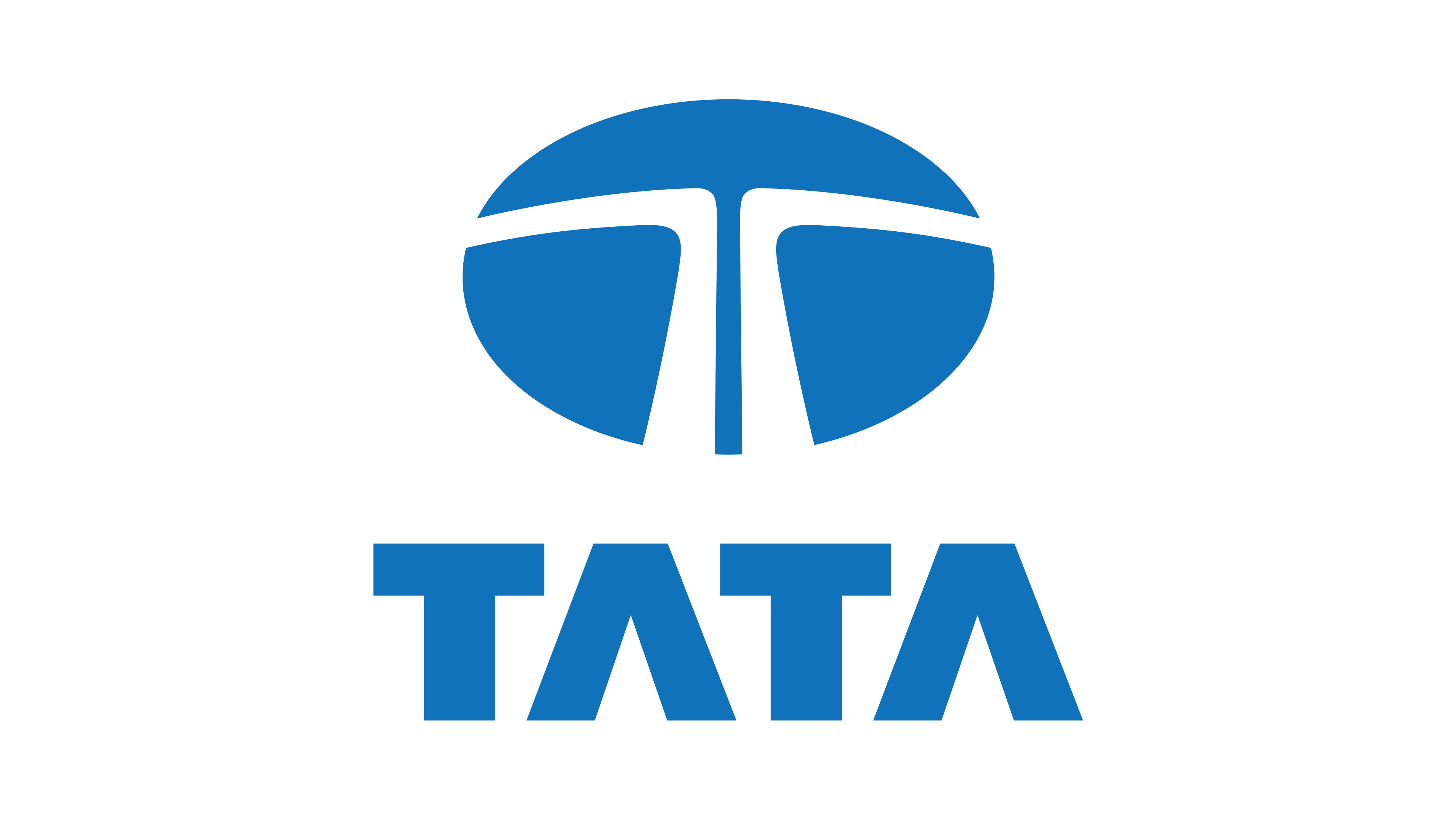S V Controls provides Sustainability solutions for the Automotive/Aerospace industry
FURNACE CONTROLS SOLUTIONS FOR HEAT TREATMENT INDUSTRIES (AUTOMOTIVE/AEROSPACE/STEELS/METAL)
- Optimize the heat treatment furnace control process.
- Reduce waste through increased accuracy of furnace control and specialist control algorithms.
- Optimize energy and power usage.
- Curtail rework and reduce scrap by improving consistency and repeatability.
- Reduce and eliminate paper trails by utilizing the extensive data management, archive and reporting facilities.
- Enhance personnel productivity with a structured view of plant operation and training.
- Decrease the risk of human errors with secure recipe management systems and advanced control strategies.
- Improve information flow with seamless integration to business systems.
Applications of Heat Treatment:
- Metals Processing
- Carburizing Control
- Oven Applications
Metals processing:
Heat / Cool with Carbon Potential or Oxygen Level Monitoring
Nanodac Data Recorder with PID Control
The Nanodac recorder/controller provides combined recording and control in a single ¼ DIN package.There are two control loops. In this application only one of these loops is used to control the temperature. A Zirconia probe is used to measure the level of oxygen and Virtual channels are configured to display the measured values.
Carbon Potential Monitoring
When mild steels or certain low carbon steels are heated at temperatures above 900°C in a carbon rich atmosphere the surface of the steel absorbs carbon by diffusion. The depth of carbon enrichment depends on the time and temperature of the treatment known as carburizing. The presence of carbon in the steel causes a change in its physical properties.
A Zirconia probe is used to measure the level of oxygen. It generates a millivolt signal based on the ratio of oxygen concentration between the reference airside of the probe (outside the furnace) and the amount of oxygen actually inside the furnace.
The temperature of the furnace is measured using a thermocouple. This may be a thermocouple mounted within the Zirconia probe or installed as a separate item.
Together the temperature and oxygen level signals are used by the NanodacRecorder/Controller to calculate the actual percentage of carbon in the furnace atmosphere.
Soaking Pit
Soaking pits are necessary to heat up and soak metal ingots to a uniform temperature sufficient to allow passage through the various rolling stages of the mill.Steel feed stock to the pits can be hot ingots from BOS plant, hot skelps (cast slabs or blooms) from CONCAST plant, or cold stock.
Sintering
The raw mix is ignited by the ignition hood, which is fuelled by a mixture of coke oven gas, blast furnace gas and sometimes natural gas. The calorific value of the mixture and the set hood temperature are controlled. A separate control system is provided to maintain a fixed hood pressure by adjusting the windbox dampers immediately under the ignitionhood.The sinter strand is a moving conveyor of hot sinter, which continues to ‘cook’ after leaving the hood, where air is pulled from the sinter by a strand draught fan.
An important part of the sintering process is burn-through. This is where the sinter layer has completely burned through its section and is detected by temperature probes under the sinter bed. Burn through should be achieved but must not occur too soon after the ignition hood. The draught on the strand is maintained at a preset value by controlling the main fan louvers from pressure measurements in the wind main. This governs the point at which burn through occurs
Blast Furnace & Stoves
The blast furnace area provides the raw material for steel-making. Iron produced in the blast furnace contains a high proportion of carbon, typically 4%, and lacks any of the additives needed to give the steel its various special properties.
Carburizing Control
Gas Carburizing Process
OPTIMISE THE HEAT TREATMENT FURNACE CONTROL PROCESS
Gas Carburising Process is a surface chemistry process, which improves the case depth hardness of a component by diffusing carbon into the surface layer to improve wear and fatigue resistance. The work pieces are pre-heated and then held for a period of time at an elevated temperature in the austenitic region of the specific alloy, typically between 820 and 940°C.
During the thermal cycle the components are subject to an enriched carbon atmosphere such that nascent species of carbon can diffuse into the surface layers of the component.
Atmosphere carburizing control
Carbon control and integrated carburizing systems
Choose from a range of control solutions designed to help you achieve:
- Surface hardness specifications
- Case-depth profile from carbon enrichment
- Conforming micro-structure
Optimize cycle times, and record the process to meet heat treatment data regulations.
Applicable heat treatment standards
- AMS2750E
- CQI-9 Issue 3
- AMS2759
- AMS2750E:
World Class Products for Control
Eurotherm build control solutions to meet the widest range of Nadcap requirements covering instruments as defined in AMS2750E, classes A – E and across furnace classes 1 – 6. Solutions can either be made up from discrete products or integrated systems which include unique benefits for Aerospace and Automotive manufacturers and suppliers.
- High quality control in the aerospace and automotive industry
- High precision temperature and process profile programmers
- In-built features to aid systems accuracy tests
- Batch and recipe management
- World renown control algorithm
- Support for furnace diagnostics and maintenance
- High precision and high accuracy products, with long-term repeatability and performance
- Excellent for use in integrated temperature vacuum and atmosphere applications
- Multi-user password protection and complete audit trail systems
- Communication to work-piece tracking over-temperature protection
Types of applications
- Aging
- Annealing
- Bake-out
- Curing
- Drying
- Oxidizing
- Preheating
- Pyrolysis
- Shrink-fit
- Soldering
- Solution Heat Treatment
- Stress Relief
- Testing
Oven Types Batch
- Bell
- Box
- Box with quench tank
- Car bottom
- Carousel
- Drop-bottom
- Laboratory
- Pit
Oven Types Continuous
- Conveyor
- Monorail
- Pusher
- Rotary
- Tunnel
- Tub
In the gas carburising process, a low carbon bearing carrier gas is used, which is enriched with a hydrocarbon gas, such as propane or methane (natural gas), to increase and control the carbon availability of the atmosphere. The carrier gas is usually of the Endothermic gas type produced from a sub stoichiometric mixture of a hydrocarbon and air at elevated temperature in the presence of a catalyst. The production of Endothermic gas is usually carried out in an external gas generator. Alternatively, a nitrogen – Methanol mixture, injected into the furnace can be used to produce a synthetic Endothermic gas. Dependent upon the type of hydrocarbon used and the mixture ratio, the typical composition of thecarrier gas is:
15-25% CO, 35-45% H2, Balance N2,
plus small quantities of CO2, H20, CH4
The gases CO and CH4 are carburising, whilst H2, H2O and CO2 are decarburising. In order to control the carbon availability of the atmosphere – the CARBON POTENTIAL, a hydrocarbon gas is used to enrich the carrier gas, by reducing the H2O (DEWPOINT) according to the reaction:
CH4 + H2O CO + 3 H2 . . . . . . . . . . . . . . . . . . . . . . . . . . . . . . . . . . . . (2)
And by reducing the CO2 according to the reaction:
CH4 + CO2 2 CO + 2 H2 . . . . . . . . . . . . . . . . . . . . . . . . . . . . . . . . . . (3)
as well as allowing the following carburising reaction to take place:
CH4 CFe + 2 H2 . . . . . . . . . . . . . . . . . . . . . . . . . . . . . . . . . . . . . . . . . . (4)
in addition to reaction (4) the other main carburising reactions in a CO – CO2 – H2 – H2O – CH4 atmosphere are:
CO + H2 CFe + H2O . . . . . . . . . . . . . . . . . . . . . . . . . . . . . . . . . . . . . . (5)
2 CO CFe +CO2 .. . . . . . . . . . . . . . . . . . . . . . . . . . . . . . . . . . . . . . . . . (6)
(In the gas reactions described CFe is the available carbon, from the atmosphere, for diffusion into the steel surface)
Energy and efficiency solutions
- Energy saving power control
- Energy saving gas combustion control
- High efficiency precision process control
- Adaptable to meet future Challenges
Profit from sustainability power solutions
- Energy and environmental costs are minimized, less risk of related taxes and fines
- High availability of electric heating systems, lowers the risk of downtime.
- Productivity can be increased to meet demand when needed
- Publish energy and environmental KPIs that stand out from the crowd


























